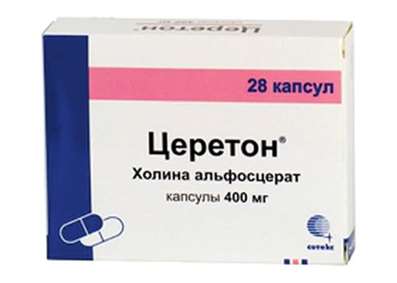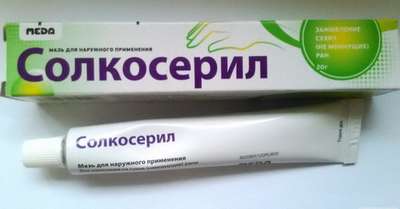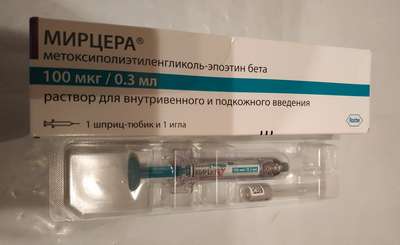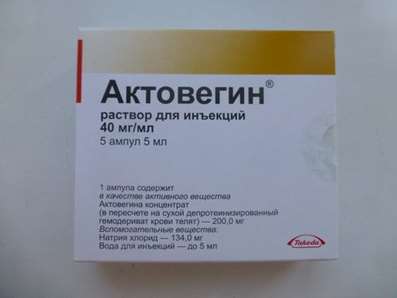Instruction for use: Calpol
I want this, give me price
Active substance Paracetamol
ņ“’ N02BE01 Paracetamol
Pharmacological group
Anilides
Nosological classification (ICD-10)
A38 Scarlet fever
Pastia symptom
J06 Acute upper respiratory infections of multiple and unspecified
Frequent colds viral diseases, Infections of the upper respiratory tract, Acute respiratory disease influenza character, for colds Pain, Acute colds,Cold, respiratory infection,Seasonal colds, Pain in infectious and inflammatory diseases of the upper respiratory tract, Bacterial infections of the upper respiratory tract, Bacterial respiratory infections, Viral disease of the respiratory tract, Viral respiratory tract infections, Inflammatory disease of the upper respiratory tract, Inflammation of the upper respiratory tract disease, Inflammation of the upper respiratory tract illness with difficult sputum, Inflammatory airway disease, Secondary infections with colds, Shortness of sputum in acute and chronic respiratory diseases, Upper respiratory tract infection, Infections of the upper respiratory tract, Respiratory Tract Infections, Infections of the respiratory tract and lungs, Infectious-inflammatory diseases of the upper respiratory tract, Infectious-inflammatory diseases of the upper respiratory tract and ENT-organs, Infectious-inflammatory diseases of the upper respiratory tract in children and adults, Infectious-inflammatory diseases of the upper respiratory tract, Infectious inflammation of the airways,respiratory infection, Qatar upper respiratory tract, Catarrh of the upper respiratory tract, Catarrhal disease of the upper respiratory tract, Catarrhal symptoms of the upper respiratory tract, Coughing with a cold, SARS, ARI, ARI with rhinitis phenomena, Acute respiratory infection, Acute infectious and inflammatory disease of the upper respiratory tract, Acute respiratory disease, Sore throat or nose, Respiratory viral infections, Respiratory diseases, Respiratory infections, Recurrent respiratory infections, Secondary infection with influenza, cold in the chest, Feverish condition with flu usitis, acute sinusitis, genyantritis, purulent sinusitis
J11 Influenza, virus not identified
Flu, Influenza in the early stages of the disease, Flu in children, cold in the chest, Begins flu-like condition, Acute disease parainfluenza, parainfluenza, parainfluenza state, influenza epidemics, The pains of the flu, Influenza
K08.8.0 * Painful toothache
Dentinal pain, Dentinal pains, Pain pulpitis, Anesthesia in dentistry, Pain syndromes in dental practice, Pain after removal of tartar, Pain when extracting a tooth, Toothache, Pain after dental interventions
R50 Fever of unknown origin
Malignant hyperthermia, Hyperthermia malignant
R51 Headache
Pain in the head, Cephalgia, Pain with sinusitis, Pain in the back of the head, Painful headache, Headache of vasomotor genesis, Headache of vasomotor origin, Headache with vasomotor disorders, Headache, Neurological headache, Serial headache
R52 Pain, not elsewhere classified
Pain syndrome of radicular origin, Pain syndrome of small and medium intensity of different genesis, Pain syndrome after orthopedic surgery, Pain syndrome in superficial pathological processes, Radicular pain in the background of osteochondrosis of the spine, Radicular pain syndrome, Pleural pain, Chronic pain
T14 Injury of unspecified site
Pain syndrome with injuries and after surgical interventions, Injuries, Extensive trauma to the skin and soft tissues, Muscle and ligament injuries, Injuries, Fibroma traumatic, Acute sport injuries
T30 Thermal and chemical burns, unspecified
Pain syndrome with burns, Pain in burns, Pain with burns, Sluggishly healing post-burn wounds, Deep burns with a wet scab, Deep burns with abundant compartments, Deep burn, Laser burn, Burn, Burn of rectum and perineum, Burn with mild exudation, Burn disease, Burn injury, Superficial burn, Superficial burn of I and II degree, Superficial skin burns, After-burn trophic ulcer and wound, Post-burn complication, Loss of fluid in burns, Sepsis burn, Thermal burns, Thermal skin lesions, Thermal burn, Trophic after-burn ulcers, Chemical burn, Surgical burn
Z29.1 Prophylactic immunotherapy
Composition and form of release
Suspension for oral administration for children 5 ml
paracetamol 120 mg
auxiliary substances: sugar syrup; a sorbitol solution of 70%; glycerol; gum; methylparahydroxybenzoate; carmoazine E122; purified water; flavoring
in bottles of dark glass for 70 and 100 ml, complete with a measuring spoon; in the box 1 bottle.
Description of dosage form
Suspension pink color with the smell of strawberry.
pharmachologic effect
Pharmacological action - antipyretic, analgesic.
Pharmacodynamics
Has an extremely small influence on the synthesis of PG in peripheral tissues, does not change water-salt metabolism (sodium and water retention) and does not damage the gastrointestinal mucosa.
Pharmacokinetics
Cmax in plasma is achieved 30-90 minutes after ingestion. The magnitude of the ratio of the volume of distribution and bioavailability in children and newborns is similar to that of adults. T1 / 2 - 1,5-2,5 hours Metabolised in the liver. In newborns and children under 10 years of age, the main metabolite is paracetamol sulfate, in children 12 years and older - conjugated glucuronide. With a lack of glutathione, these metabolites can block the enzyme systems of hepatocytes and cause their necrosis. Approximately 85-95% of the dose is excreted in the urine in 24 hours (less than 4% of the drug - unchanged).
Indications
In children from 3 months (from 1 to 3 months, the use of Kalpol for all indications is possible only according to the doctor's prescription) up to 6 years as an antipyretic agent (acute respiratory viral infection, influenza, childhood infections, post-vaccination reactions and other conditions accompanied by fever) and analgesic means (pain syndrome of mild and moderate intensity, including headache and toothache, muscle pain, neuralgia, pain with injuries and burns).
Contraindications
Hypersensitivity, severe violations of the liver, kidneys, blood diseases, deficiency of glucose-6-phosphate dehydrogenase, breast age up to 1 month.
Side effects
Nausea, vomiting, abdominal pain, allergic reactions (skin rash, itching, hives, Quincke's edema); rarely - thrombocytopenia, agranulocytosis, leukopenia, anemia; with prolonged use in large doses - hepatotoxic and nephrotoxic action, pancytopenia, methemoglobinemia.
Interaction
Alcohol, barbiturates, tricyclic antidepressants, anticonvulsants, phenylbutazone, rifampicin increase hepatotoxicity, salicylates - nephrotoxic effect.
Paracetamol increases the effect of indirect anticoagulants, reduces the effectiveness of uricosuric drugs, increases the toxicity of chloramphenicol.
Dosing and Administration
Inside, squeezed large amounts of liquid, 1-2 hours after meals 3-4 times a day with an interval of at least 4 hours.
Suspension of Kalpol for children should not be diluted. For convenience and accuracy of dosing, use a measuring spoon, measuring 2.5 and 5 ml of the suspension.
Duration of treatment: 3 days as an antipyretic and up to 5 days as an analgesic. If you need to continue taking the drug, you need to consult a doctor.
Overdose
Symptoms: pallor, sweating, pain in the stomach, nausea and vomiting, after 1-2 days - signs of liver damage (soreness in the liver, increased activity of hepatic enzymes in the blood, increased prothrombin time). In severe cases - liver failure, gepatonekroz, encephalopathy, coma.
Treatment: discontinuation of the drug, gastric lavage, the appointment of enterosorbents (activated charcoal, polyphepan), iv administration of an antidote - N-acetylcysteine or the administration of methionine inside.
Precautionary measures
Avoid simultaneous use with other drugs containing paracetamol.
Do not exceed the recommended dose.
Be wary appoint Gilbert syndrome, Dubin - Johnson, Rotor, liver or kidney function, patients taking barbiturates, tricyclic antidepressants, alcohol.
If you use more than 5-7 days, you should monitor the peripheral blood and the functional state of the liver.
special instructions
Suspension Kalpol for children contains sugar syrup, which must be taken into account when treating patients with diabetes.
Paracetamol distorts the results of laboratory studies of glucose and uric acid in the blood plasma.
storage Conditions
In the dark place at a temperature of no higher than 25 į C.
Keep out of the reach of children.
Shelf life
3 years.
Do not use after the expiry date printed on the package.

 Cart
Cart





